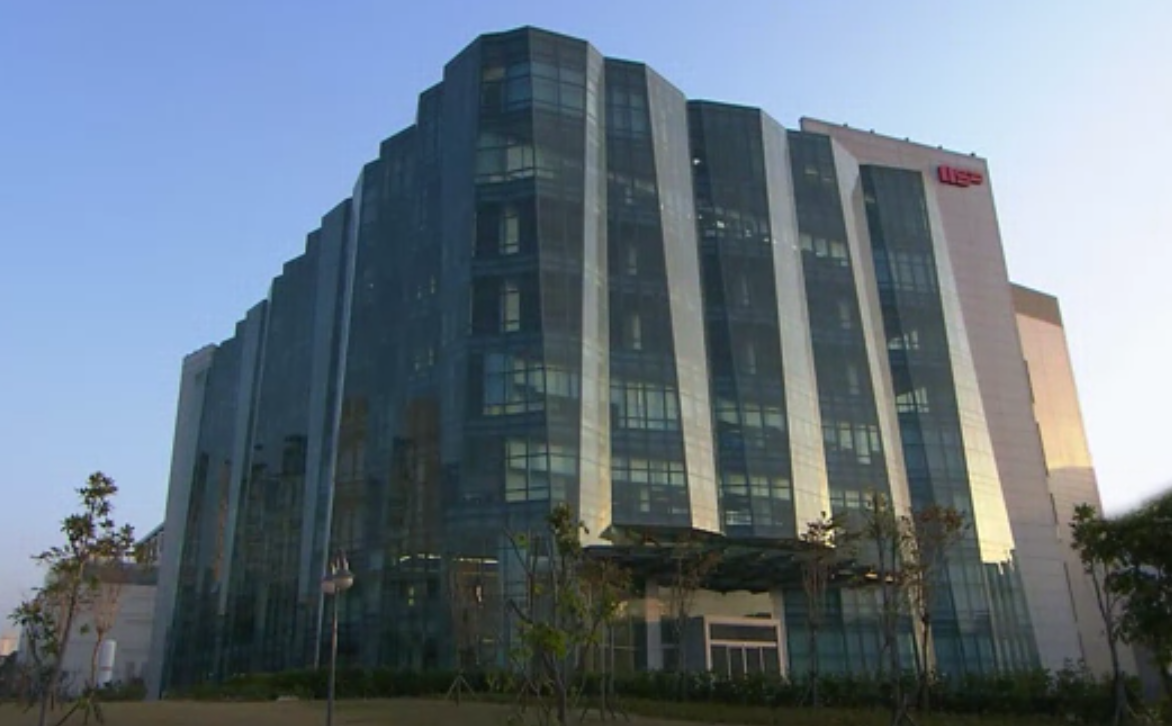Taiwanese solar cell giants Neo Solar Power (NSP), Gintech and Solartech will cease trading on the Taiwan Stock Exchange on Monday, October 16 – fuelling rumors that the three companies could merge into one.
An official announcement is expected from all three firms next week, but pv magazine sources in Taiwan suggest that the ceasing of trading points to either a merger of the three firms or the creation of a “cell super league”, says independent solar analyst Corrine Lin.
“If Gintech, NSP and Solartech were to merge they would have a combined cell production capacity of approximately 4.5 GW, making it Taiwan’s largest cell manufacturer,” Lin said. Other sources say that up to 2 GW of that capacity would be PERC cell technology.
All three firms currently have overseas production facilities – in Thailand, Vietnam and Malaysia – and there is plenty of multi- and mono-si PERC experience across the board. “A merger could be a good move for all three companies,” Lin told pv magazine. “It would mean the new entity has more elasticity on purchasing, sales and R&D, and would also open up the possibility for a broader business strategy.”
All three cell manufacturers endured a difficult first half (H1) 2017 as cell ASPs tumbled following the expiration of subsidies in China, Taiwan’s chief market. NSP reported H1 revenue of NT$4.381 billion ($144.5 million), which represented a year-on-year decline of 57.9%. Gintech fared little better, seeing its revenue fall 30% year-on-year to just $219 million.
Earlier this year NSP exited the multicrystalline business to focus solely on monocrystalline products, while Solartech had been aiming for PERC to account for around 60% of its total cell manufacturing capacity by the fourth quarter (Q4) of this year.
Despite Taiwan-made solar components being subject to U.S. anti-dumping (AD) and countervailing (CV) tariffs, the rate is much lower than for Chinese components. An estimated 800 MW of Taiwan’s 11 GW of cell production capacity made its way to the U.S. this year, with the vast majority of the remaining capacity headed for China.
However, some analysts have warned that Chinese cell production expertise is catching up with Taiwan, and that the ‘knowledge gap’ has been cut from several years to just several months.
This content is protected by copyright and may not be reused. If you want to cooperate with us and would like to reuse some of our content, please contact: editors@pv-magazine.com.








By submitting this form you agree to pv magazine using your data for the purposes of publishing your comment.
Your personal data will only be disclosed or otherwise transmitted to third parties for the purposes of spam filtering or if this is necessary for technical maintenance of the website. Any other transfer to third parties will not take place unless this is justified on the basis of applicable data protection regulations or if pv magazine is legally obliged to do so.
You may revoke this consent at any time with effect for the future, in which case your personal data will be deleted immediately. Otherwise, your data will be deleted if pv magazine has processed your request or the purpose of data storage is fulfilled.
Further information on data privacy can be found in our Data Protection Policy.